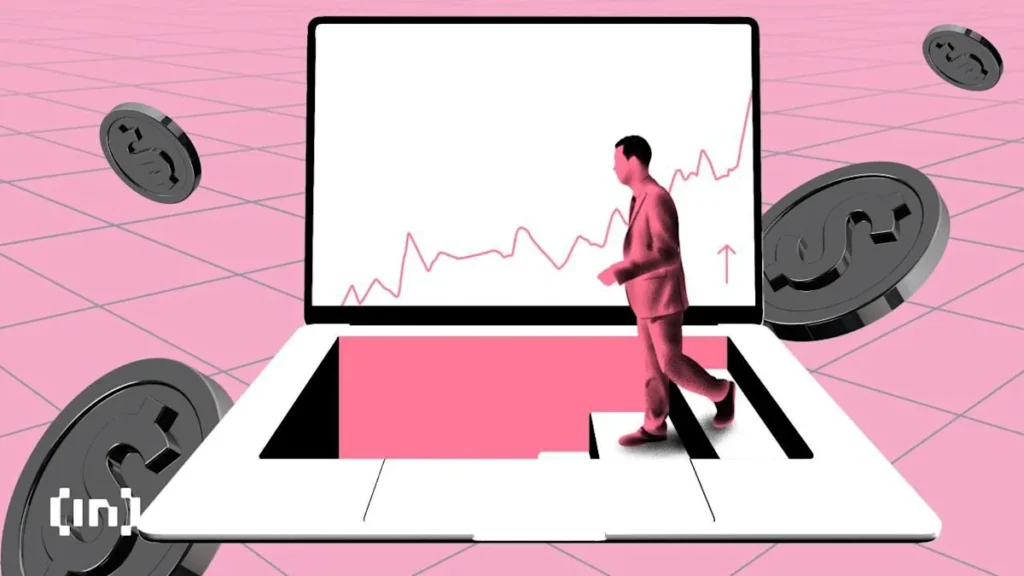As tokenization continues to expand into real-world asset classes, blockchain developers are now turning their attention to one of the Internet’s most established markets: domain names. Today, Doma Protocol launched its mainnet, introducing what it calls the first DNS-enabled blockchain infrastructure to transform traditional Web2 domains into programmable DeFi assets.
The deployment aims to modernize the $360 billion secondary domain ecosystem through fractional ownership, ERC-20 trading and cross-chain liquidity, while preserving DNS resolution and adhering to existing regulatory frameworks.
Operating as layer 2 on the OP stack, Doma leverages LayerZero for cross-chain operability and integrates with Base, Solana, Avalanche and ENS. When mainnet launches, users can tokenize and trade premium Web2 domains such as .com And .ai names as ERC-20 tokens, unlocking programmability and market access for traditionally illiquid assets.
“Domains have historically been among the most undervalued Internet assets – historically illiquid, slow to transfer and accessible only to well-capitalized buyers,” said Michael Ho, CBO at D3 Global. “Doma makes these assets programmable and tradable, transforming static digital real estate into a liquid market.”
The mainnet deployment follows a 5-month testnet phase that saw more than 35 million transactions and 1.45 million addresses, according to project data. Over 200,000 domains have been tokenized in the test environment, with use cases such as software.ai demonstrating split-chain trading while maintaining full DNS resolution.
A $1 million development fund, launched as part of the Doma Forge initiative, is designed to accelerate DeFi integrations and experimentation on the protocol.
The domain name ecosystem is huge, with more than 368 million domains recorded worldwide in early 2025, according to Hostinger. However, despite this scale, the secondary market remains very fragmented and illiquid.
Public data from NamePros shows that in 2024, only about $185 million in domain resales were recorded across 144,700 transactions, with most high-value domains requiring a deposit or brokerage lasting several weeks. THE Global Domain Report 2025 (InterNetX/Sedo) confirms these trends, noting that even as listing volume continues to grow, resale activity remains largely inaccessible to small investors.
This mismatch between domain market size and liquidity is increasingly attracting attention from crypto builders exploring real-world asset (RWA) tokenization – with domain infrastructure emerging as a potential new category in the DeFi landscape.




